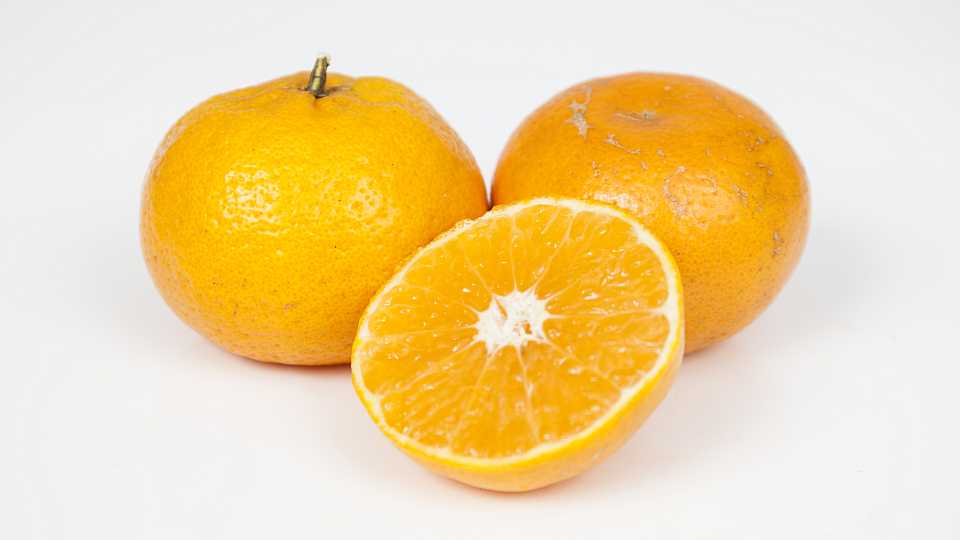The HLB era in Florida citrus has certainly altered the way routine tasks are performed. Nutrition, rootstock selection, grove architecture, and many other functions, once routine and invariable, are now approached from an entirely new perspective. For some growers, every step in their production system is in a fluid state, making the learning process more complex than ever.
Nurseries and growers have tried every combination of everything. Some have taken products and procedures from peer-reviewed studies and adjusted and adapted them to their own unique set of circumstances. Some of these experimentations at the farm level have been accepted as incremental improvements, while others were not replicable, indicating the presence of yet another confounding variable. Each misstep represented more cost, more lost time, and more frustration.
Citrus variety evaluation is not immune to this phenomenon. Growers need better varieties for the processed and fresh markets. These varieties have to perform well in an HLB-endemic environment, produce quality fruit, hold fruit to harvest, and not require outlandish, costly production methods to make it all happen. Many of the most promising citrus varieties and advanced citrus selections are entering large-scale field trials where they will be subject to a range of production variables. Information gleaned from this process will be invaluable and will inform grower planting decisions going forward.
Staying a Step Ahead
This takes time. But nurseries must anticipate change and stay one step ahead of the game. They have to know what growers are going to need before growers know they need it. Some growers have an innate curiosity that drives them to plant their own trials in the hopes of gaining early knowledge that will be transferable to commercial production. These realities will continue to fuel experimentation at the farm level. The creative experimentation will continue, but differently.

Beyond its flavor, another appealing attribute for ‘Marathon’ is its seedless nature.
Photo courtesy of UF/IFAS
Case in Point: ‘Marathon’ Mandarin
Though Florida’s specialty production is a shadow of its former glory, specialty varieties remain a target for packinghouses and small growers needing higher value per acre (more horsepower in a smaller footprint). Observations of how growers are approaching the ‘Marathon’ mandarin (U.S. PP31, 347) may be applicable to a broad range of growers and fruit types.
Some tangerine/mandarin types released early in the process showed promise in a range of areas (favorable maturity window, fruit quality, tolerance, etc.), but growers soon experienced a steep learning curve. Hamlin on Kuharske and Valencia on Swingle are citrus versions of “your father’s Oldsmobile.” These are not your father’s Oldsmobile. Some of the new varieties appear to require an entirely different production approach.
The ‘Marathon’ mandarin became available right when growers were witnessing a range of maladies affecting new tangerine/mandarin varieties. In addition to dieback, some mandarins were experiencing split and drop issues as well as cropping and fruit size concerns. After several tangerine/mandarin varieties were aggressively planted to the tune of 600 to 1,000 acres, only to discover them to be more challenging than anticipated, the ‘Marathon’ was approached more conservatively.
Despite its early promise, fewer growers registered for ‘Marathon’. While earlier mandarins were rushed into production and grown at a very fast pace, ‘Marathon’ trees have mostly been growing in trial settings. These trees have been allowed to establish canopy and crop at a more natural pace. Perhaps this may produce a more realistic picture of how the variety will perform in real-world conditions.
Dr. Fred Gmitter planted ‘Marathon’ in a Lake Alfred experimental block. These trees are now approaching five years of age. Because the commercial maturity window for ‘Marathon’ is thought to begin in September, nurseries and growers began to request tours of this block toward late summer. The trees appear to be very healthy and are holding a well-sized and good-quality crop, and fruit drop is not an issue at this stage.
Approximately a dozen of these trees were girdled in their third year. This process stimulated flowering, but the rest of the trees flowered likewise. The trees that were girdled are smaller and have noticeably thinner canopies, demonstrating a possible price for girdling in this environment. We know from experience not to draw too much from a small observational trial on one rootstock, but what we are seeing with this variety is very encouraging.
The small ‘Marathon’ planting provides some observable and encouraging progress. It also raises more questions. We have five-year-old trees with three-plus boxes of marketable fruit. However, growers often express the importance of earlier cash flow.
Is Earlier Production the Best Goal With All Varieties?
If the ‘Marathon’ were pushed hard in the early years and produced small crops of juvenile fruit, is the grower ahead of where he/she would have been by taking a more natural pace? Under such a scenario, would the year-five crop be any larger or better quality? Would the trees be more stressed and perhaps smaller?
The ‘Marathon’ did produce one-and-a-half to two boxes of fruit per tree in year four, but the fruit was granulated and unmarketable. Should we chalk this up as young-tree fruit, or might this be a nutrition scheme in need of adjustment. Dr. Gmitter has questioned whether we should focus on boxes per tree or dollars per tree. The latter considers a myriad of factors and paves the path to longer-term viability.
As the late country music artist Jerry Reed once said, “We’ve got a long way to go, and a short time to get there.”
Stay tuned.









